Boljetin bb
Boljetin bb
As one of the largest and most important Mesolithic sites in the world! During the excavations in 1967, under the Neolithic settlement in Lepenski Vir, the remains of trapezoidal habitats, graves, and monumental sculptures with unique artistic traits were discovered. Such archaeological wonders have not been recorded anywhere else.
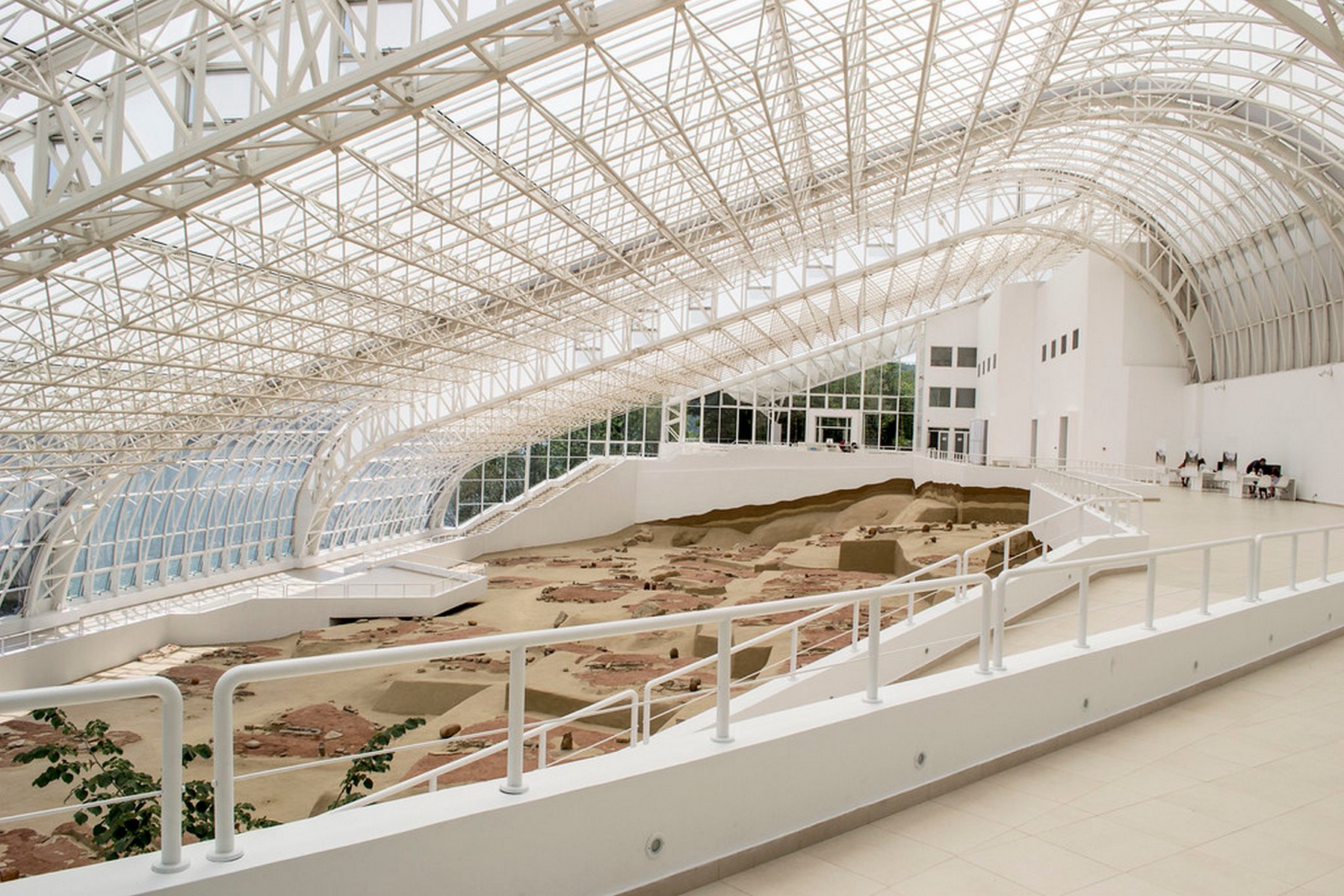 © Lepenski vir
© Lepenski vir
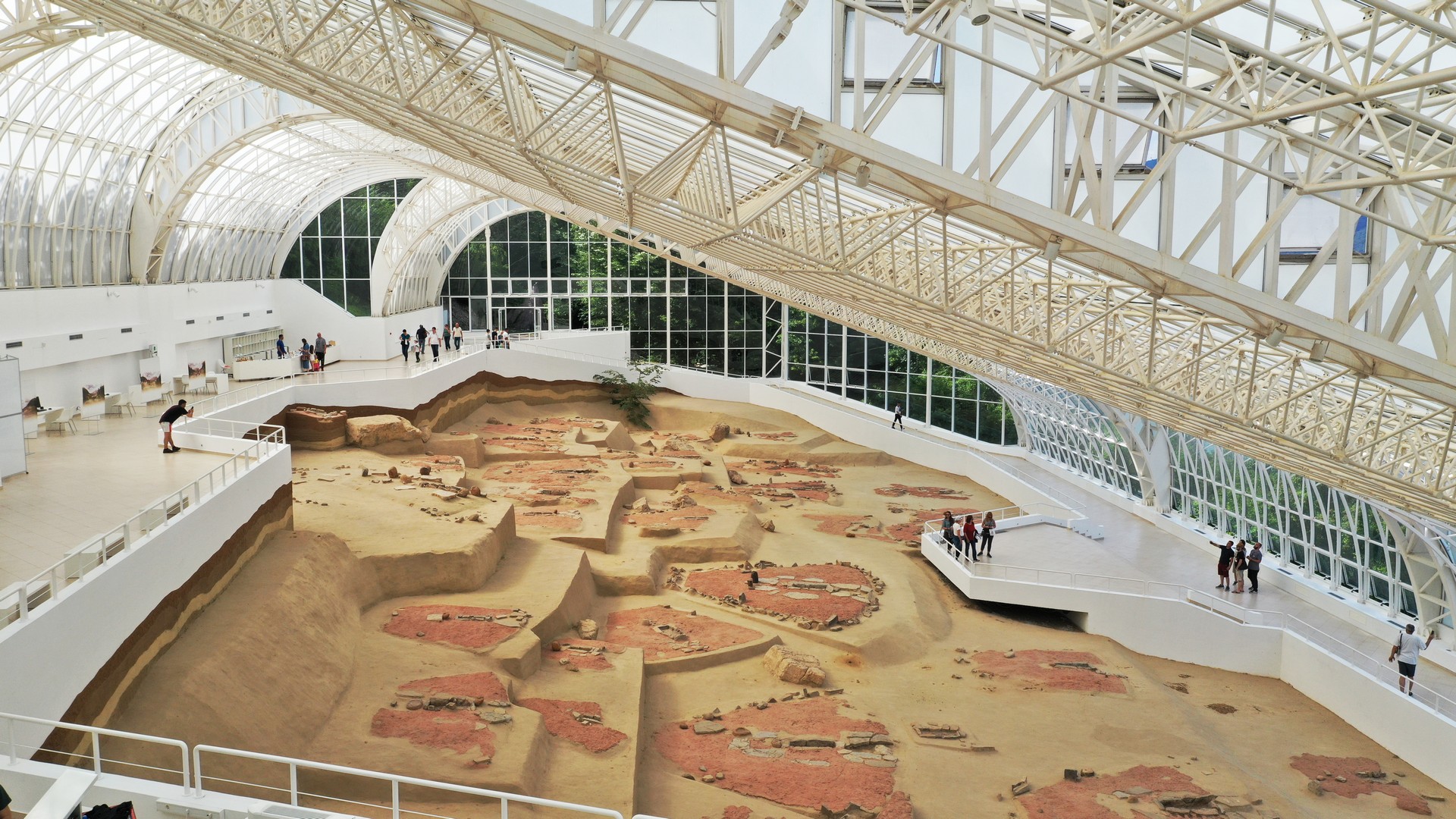 © Lepenski vir
© Lepenski vir
 © Lepenski vir
© Lepenski vir
As one of the largest and most important Mesolithic sites in the world Lepenski Vir is the place where an entire civilization – the Lepenski Vir Culture – once lived This site was also a meeting place for local Mesolithic communities and newly arrived Neolithic groups
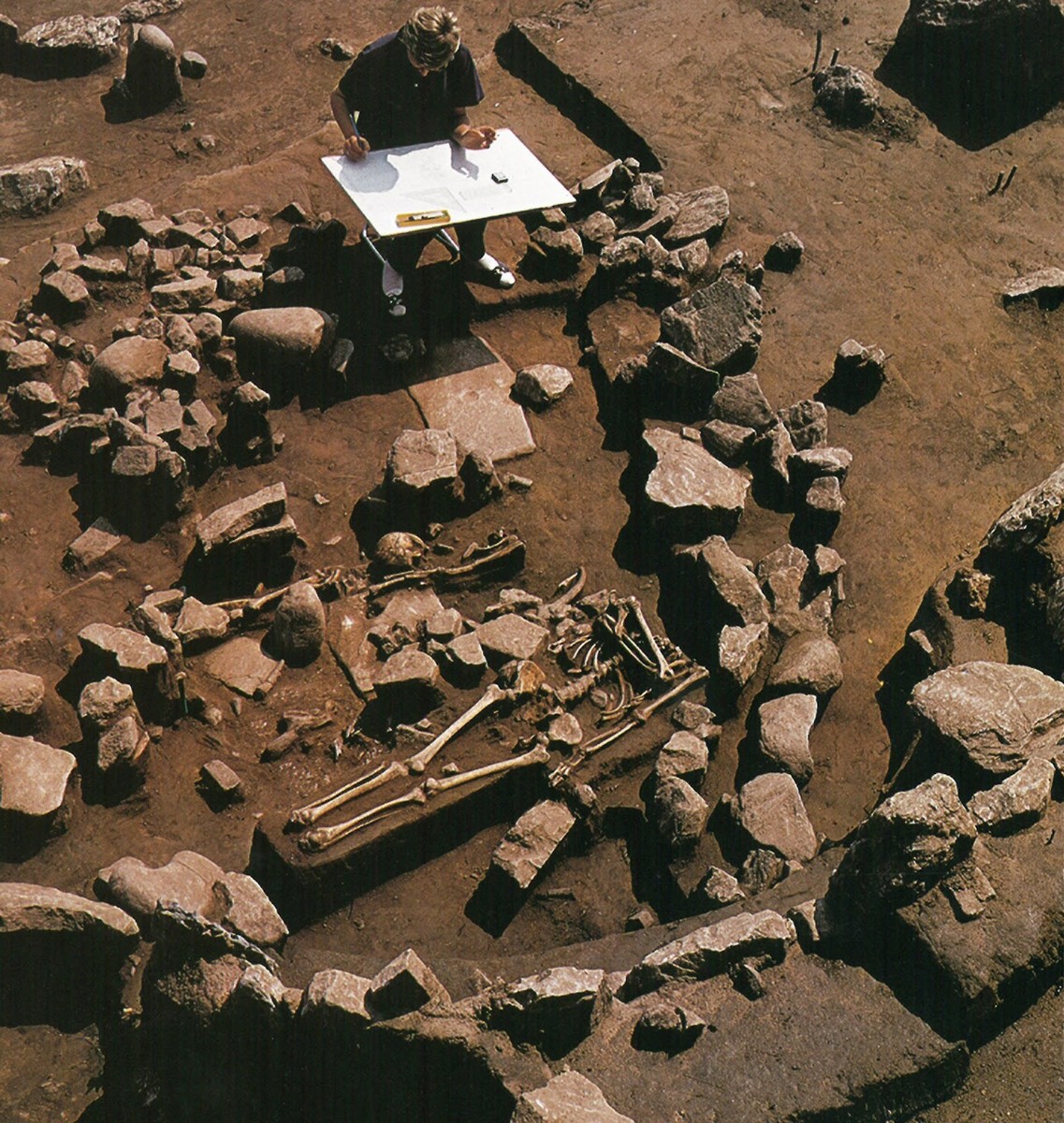 © Lepenski vir
© Lepenski vir
 © Lepenski vir
© Lepenski vir
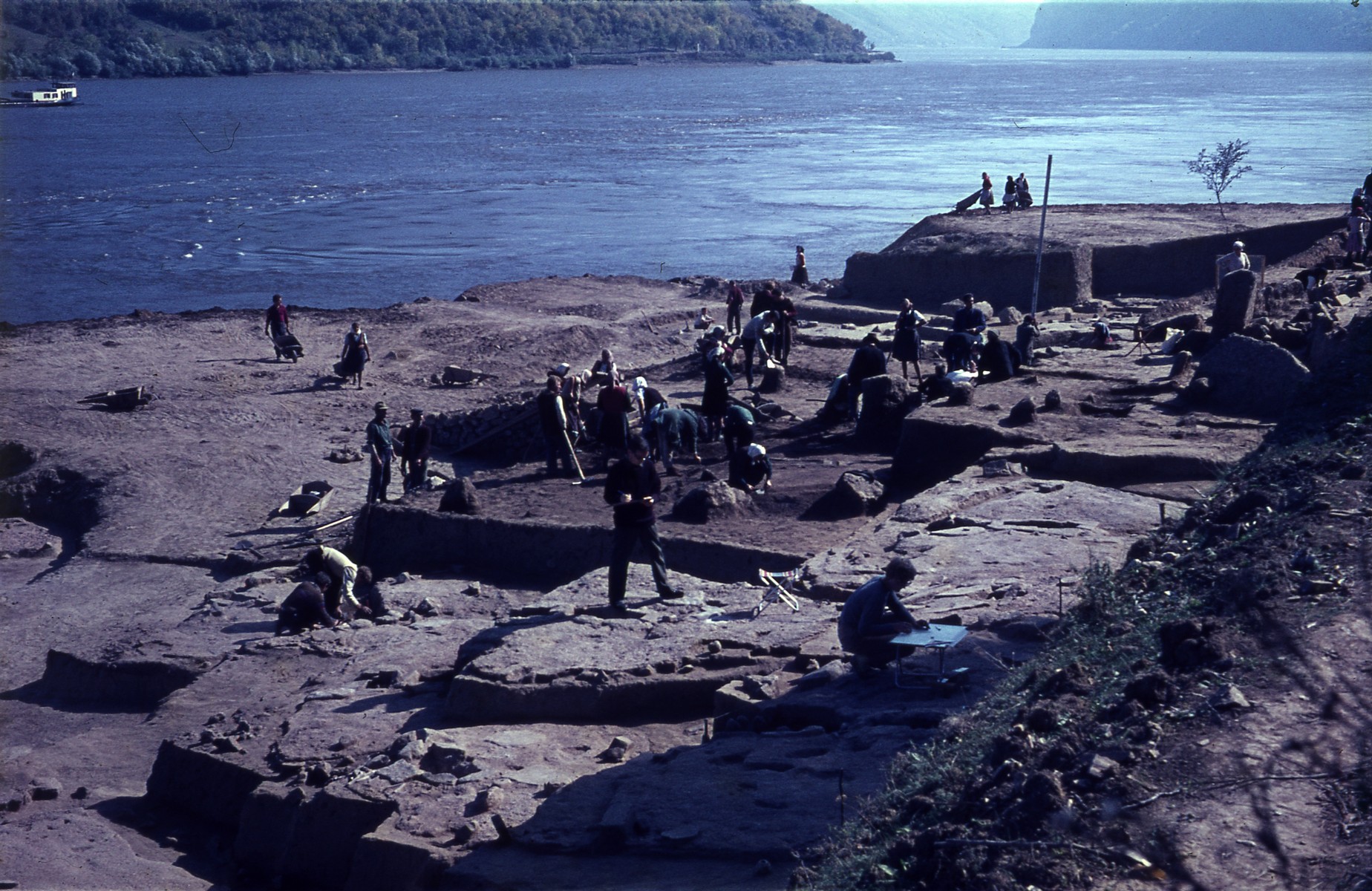 © Lepenski vir
© Lepenski vir
The immediate reason for the comprehensive protective archaeological research undertaken in this area was the construction of the first dam on the Danube – the Djerdap1st project The site was registered in 1960, and excavations began in August 1965 under the leadership of the famous archaeologist Dragoslav Srejović During the...
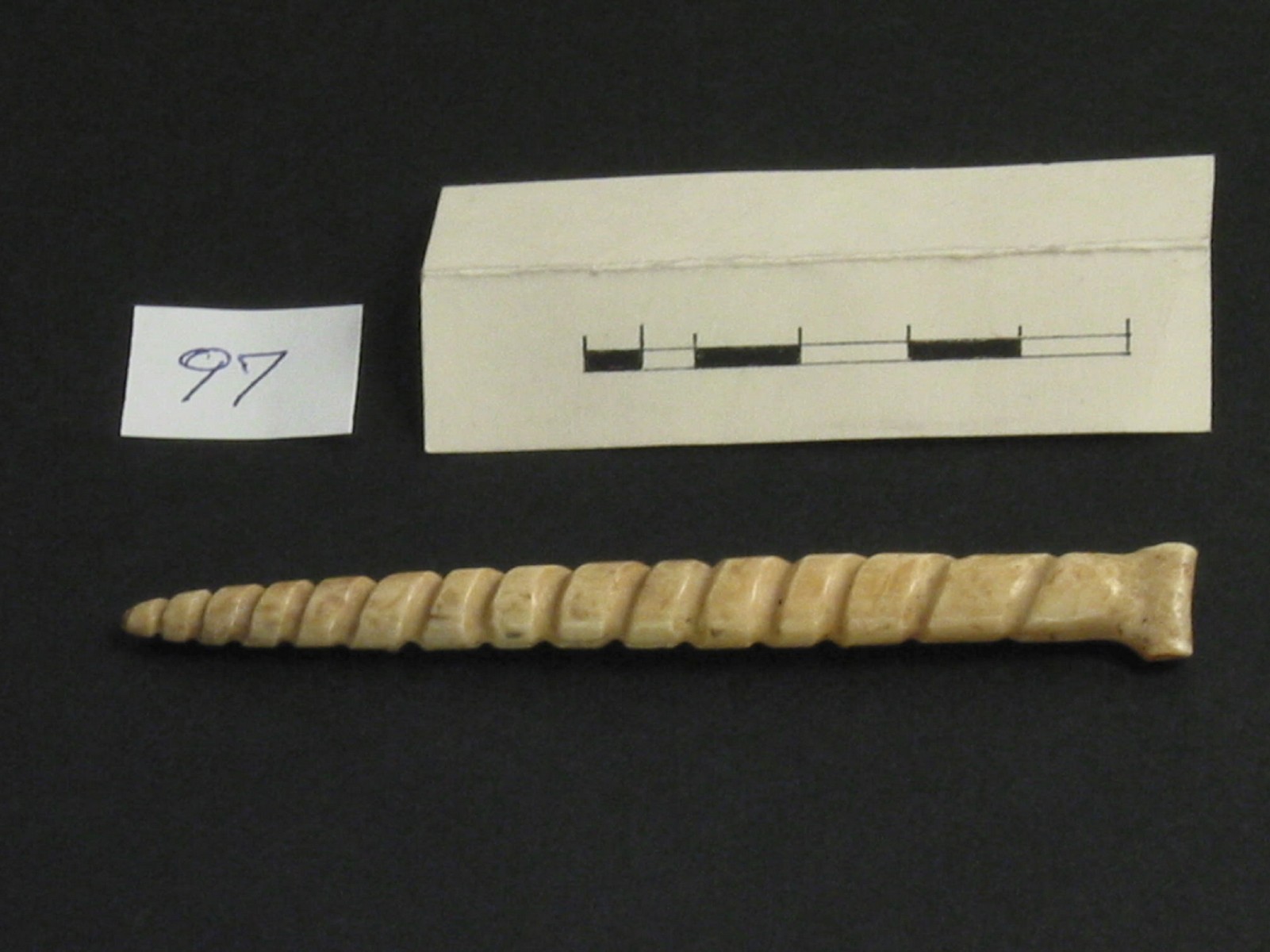 © Lepenski vir
© Lepenski vir
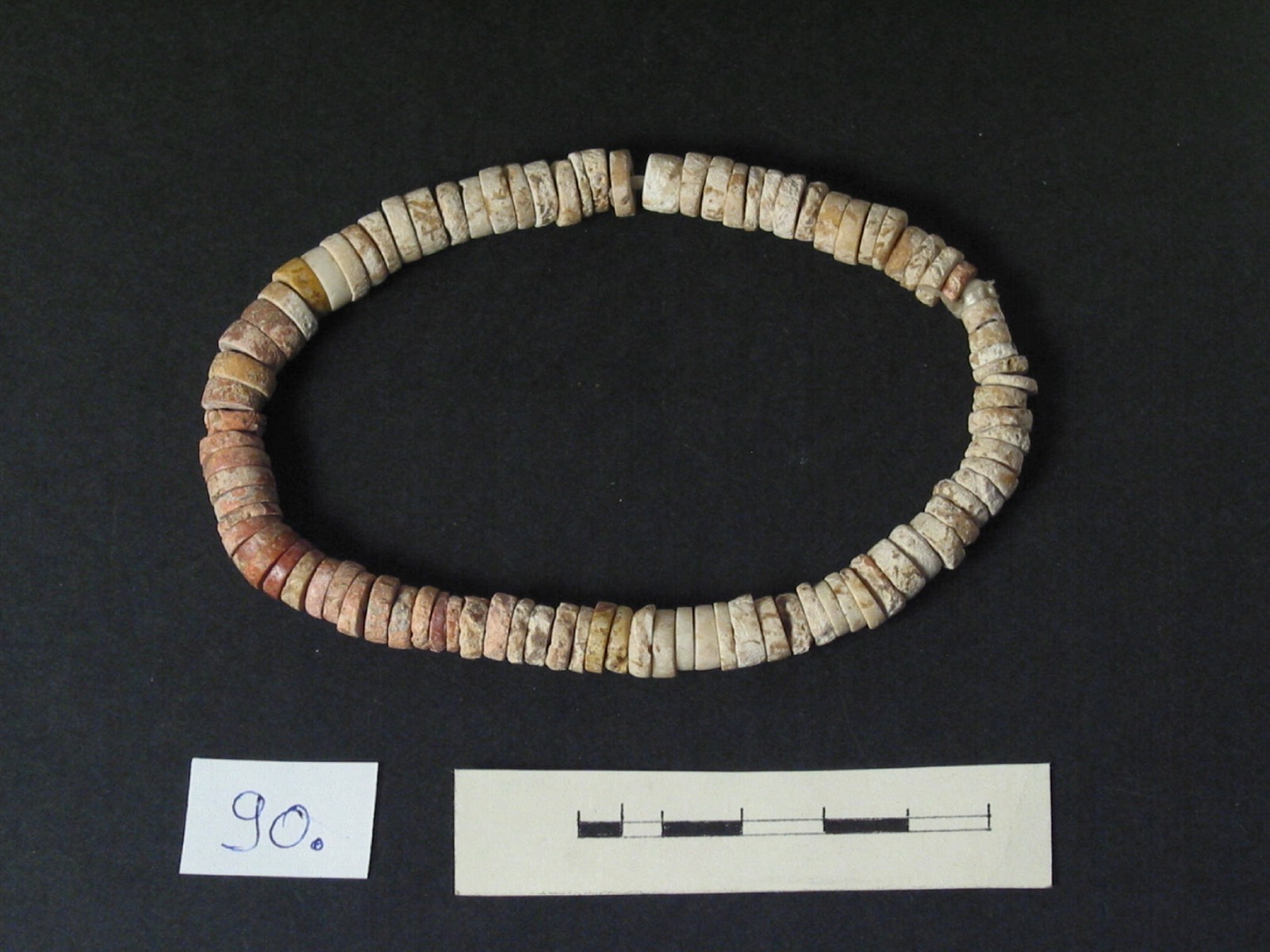 © Lepenski vir
© Lepenski vir
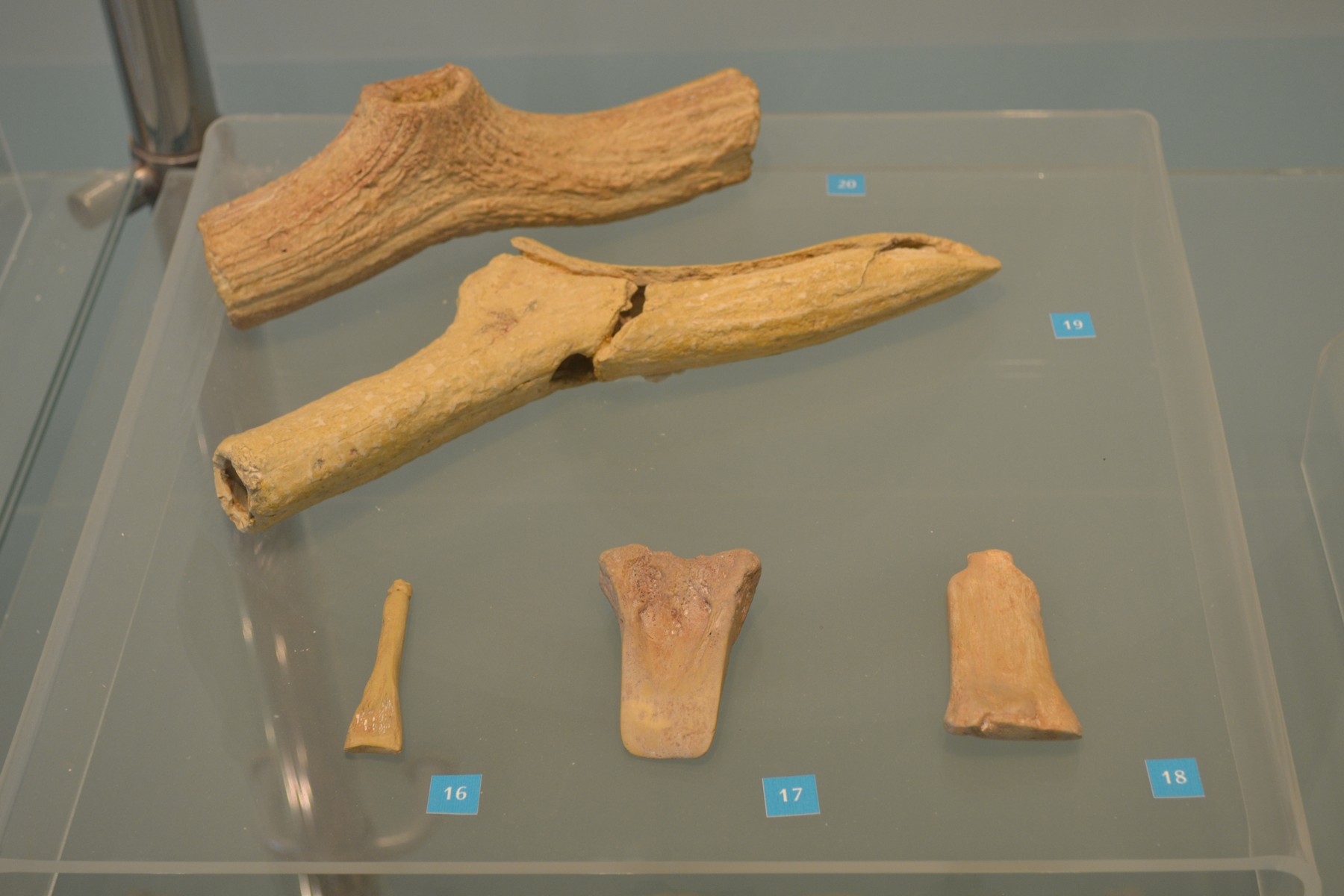 © Lepenski vir
© Lepenski vir
When archeological excavations began in Djerdap before the construction of the hydroelectric power plant on the Danube in the mid-1960s, no one could have guessed that a hitherto unknown, complex, and in many ways original prehistoric culture whose material remains dated back to the Mesolithic would be discovered It became...
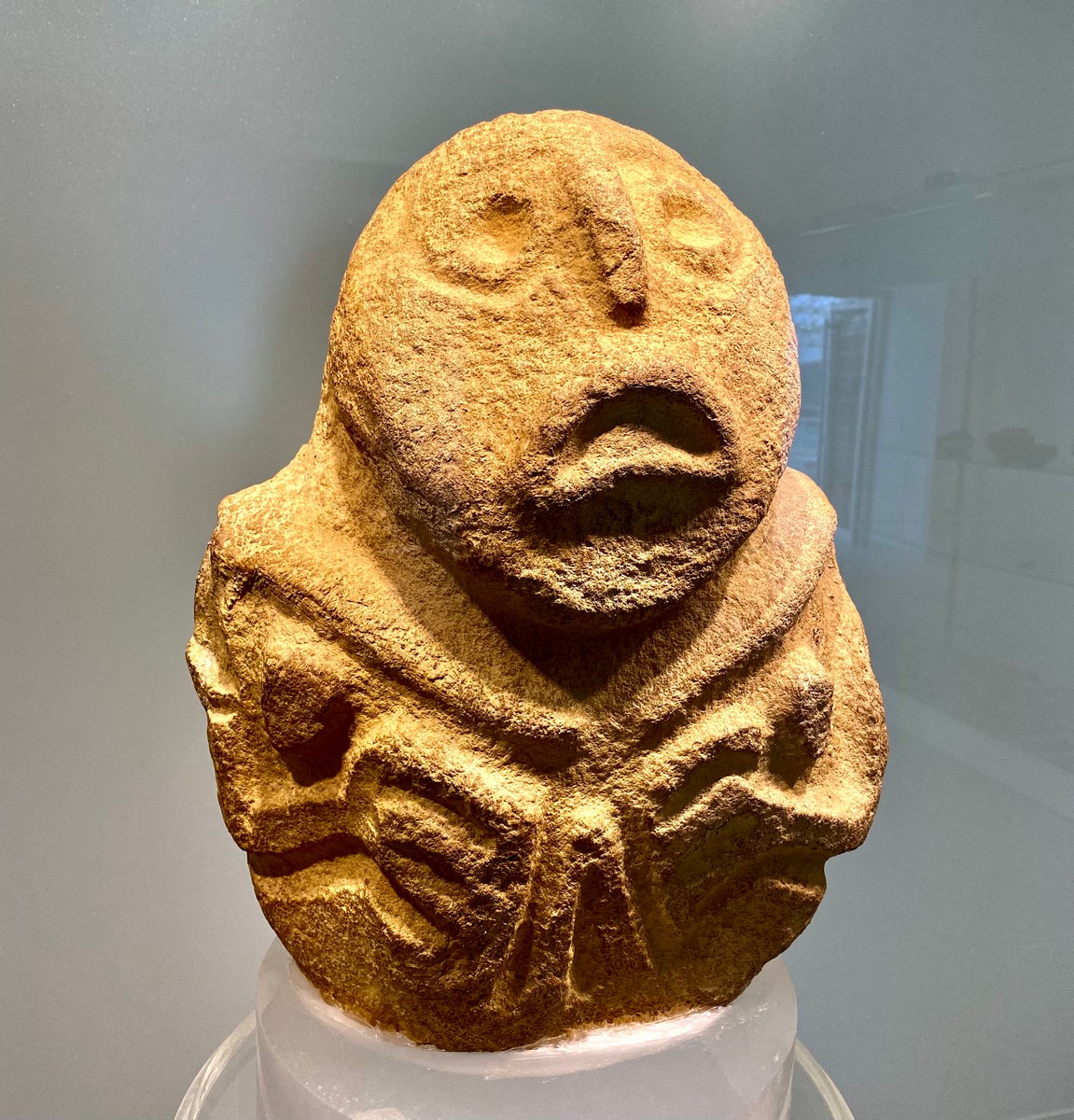 © Lepenski vir
© Lepenski vir
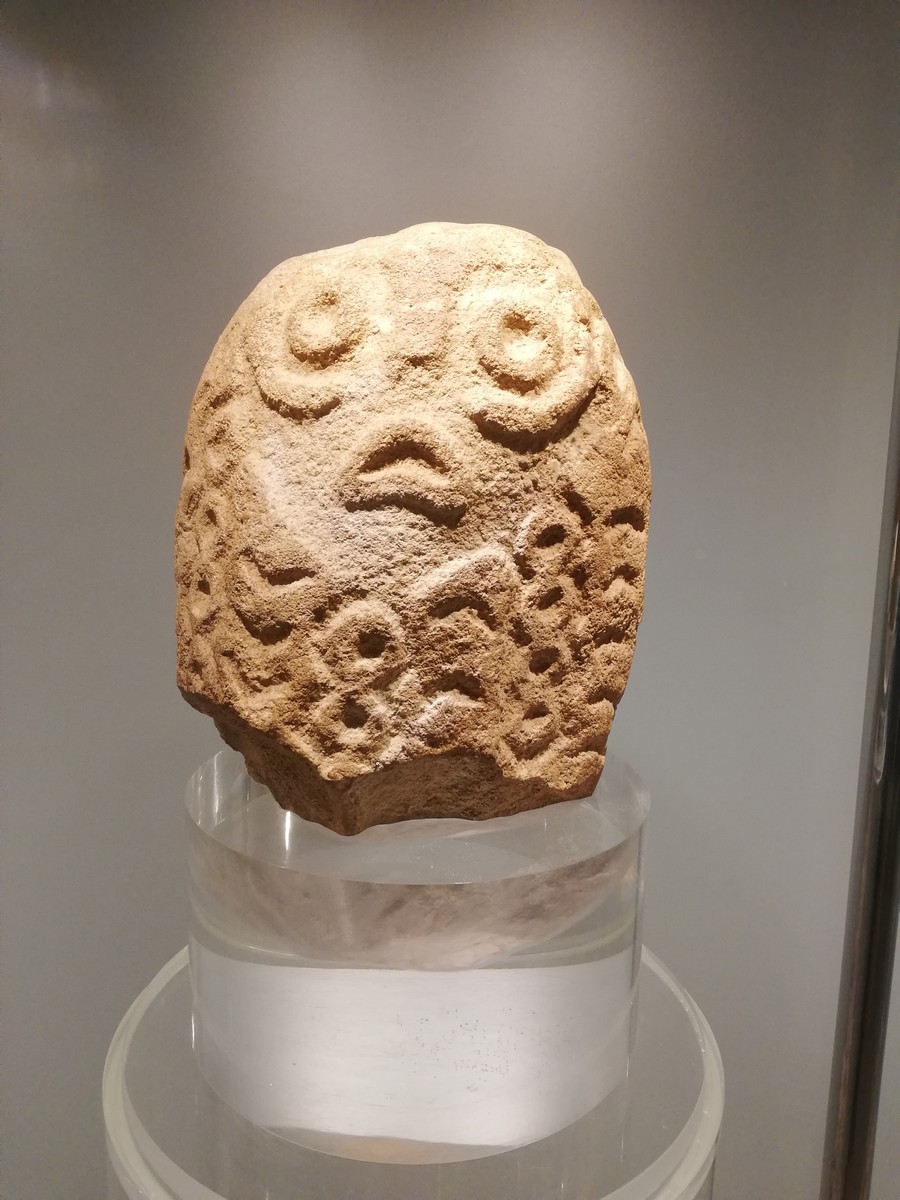 © Lepenski vir
© Lepenski vir
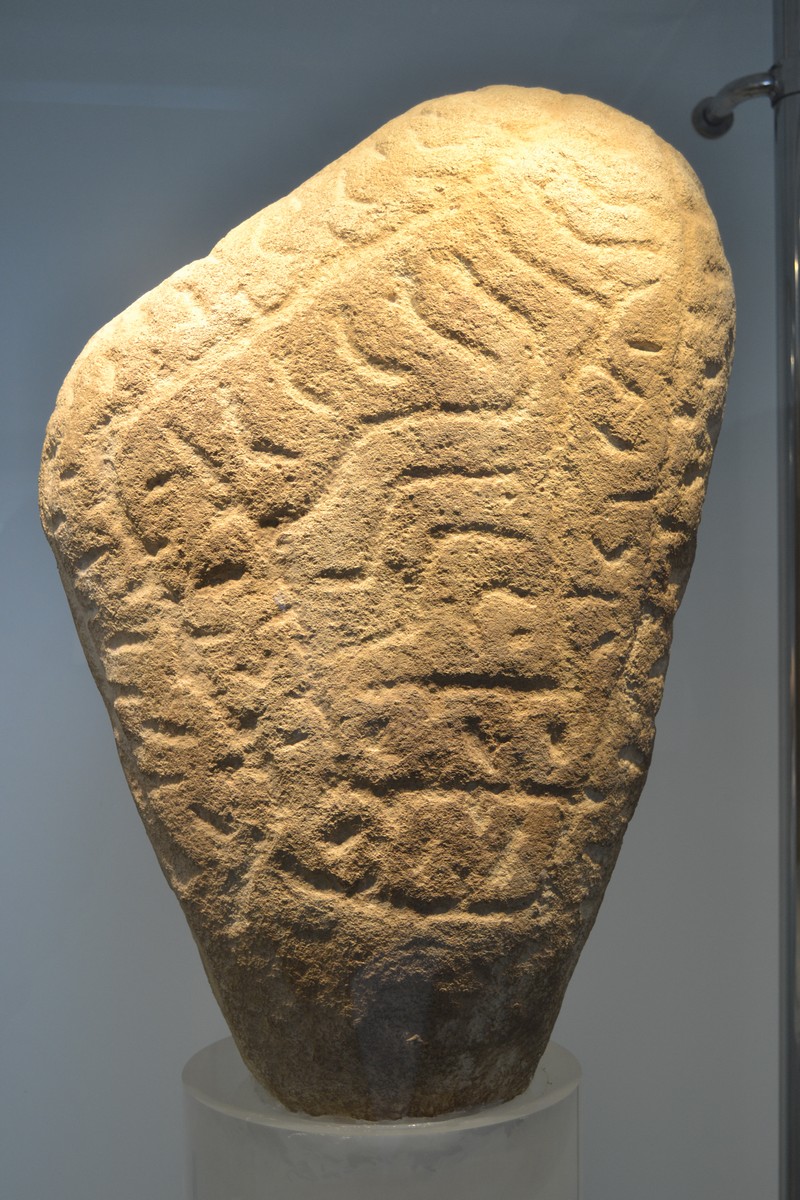 © Lepenski vir
© Lepenski vir
Mesolithic artists expressed themselves through the design of sculptures and altars made of large pebbles, by making other symbolic objects, and by decorating objects for everyday use. It’s clear that the river and fishing, which were essential elements of everyday life, influenced the artistic expression of the inhabitants of Lepenski...
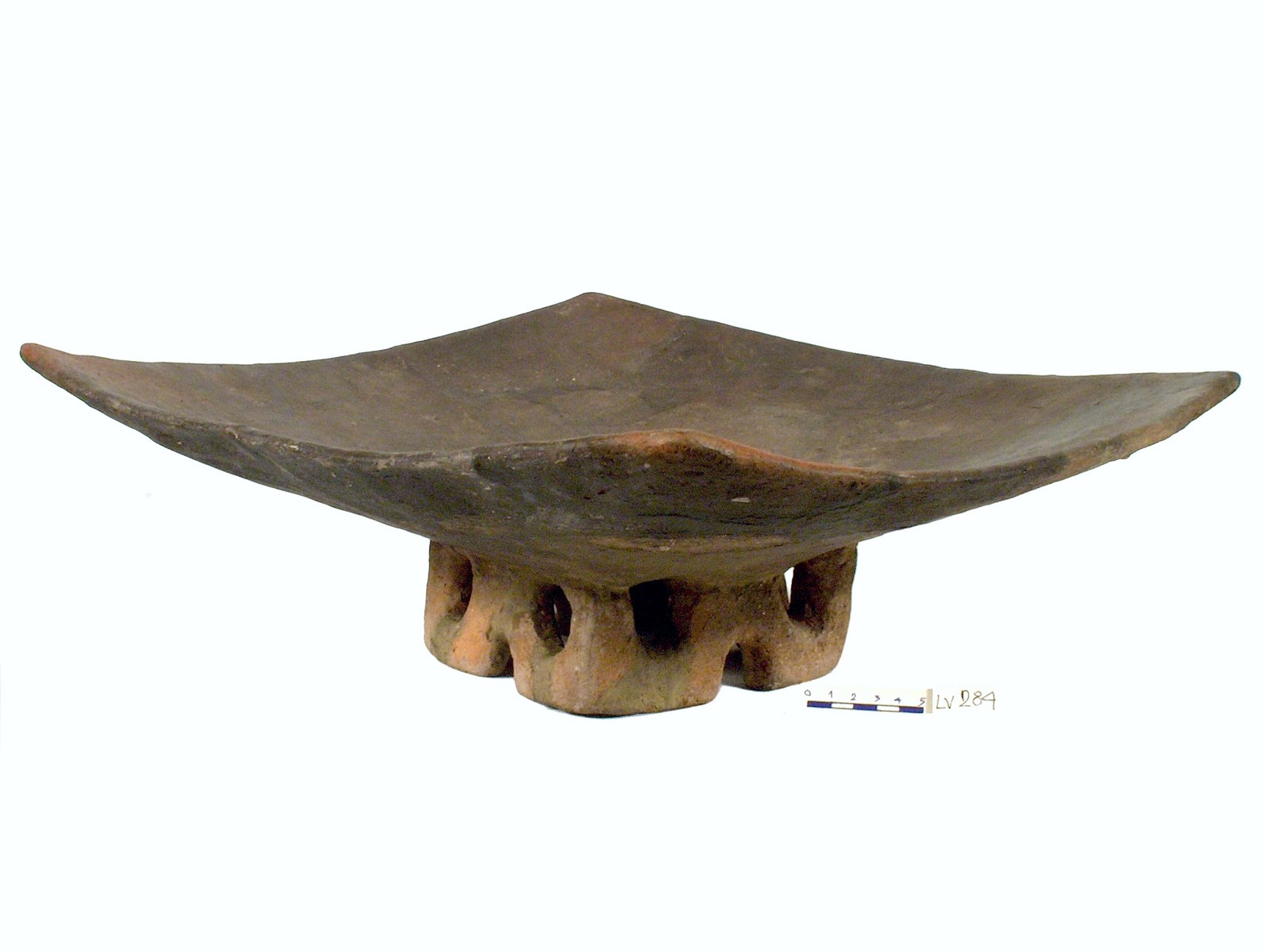 © Lepenski vir
© Lepenski vir
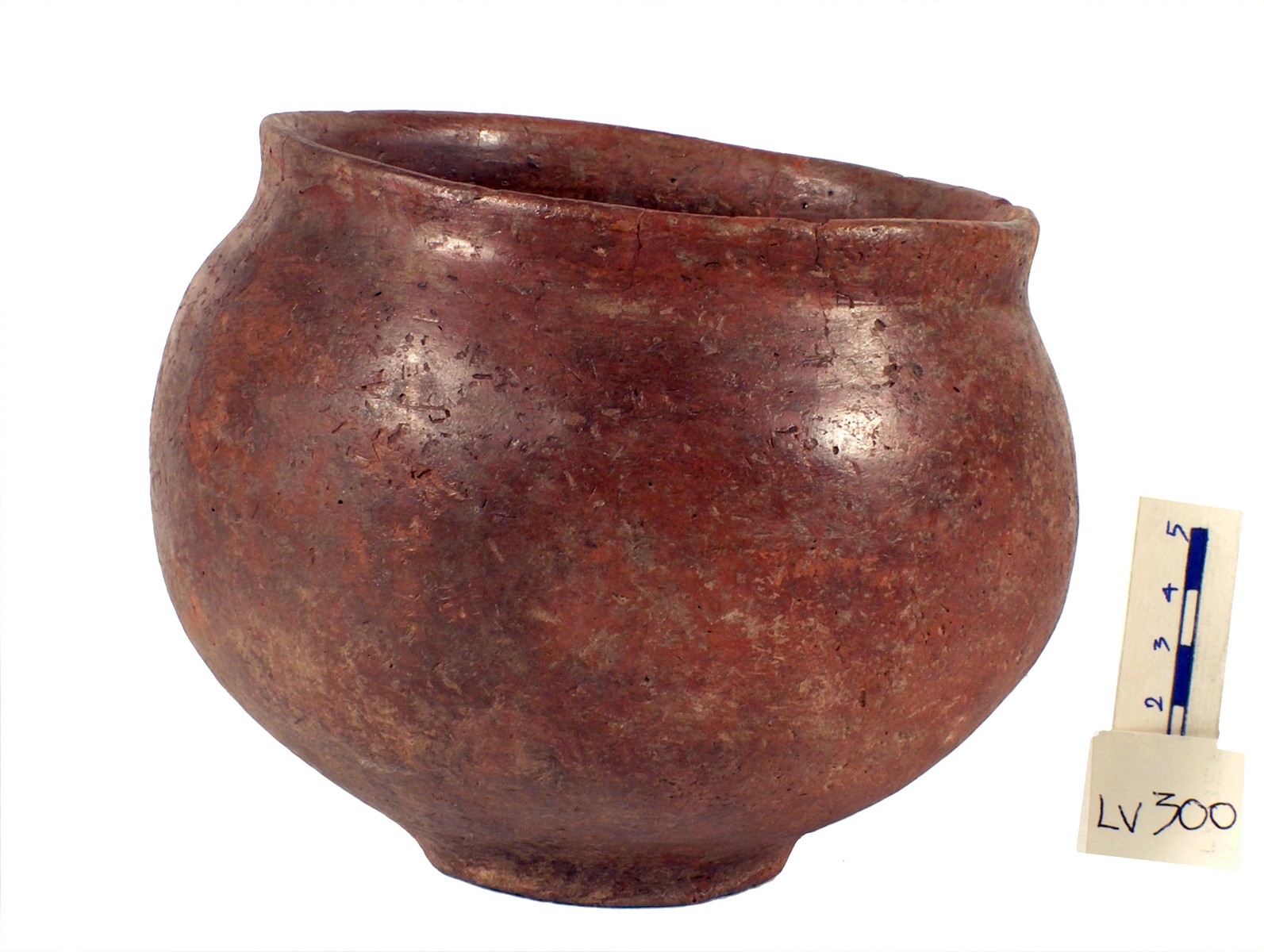 © Lepenski vir
© Lepenski vir
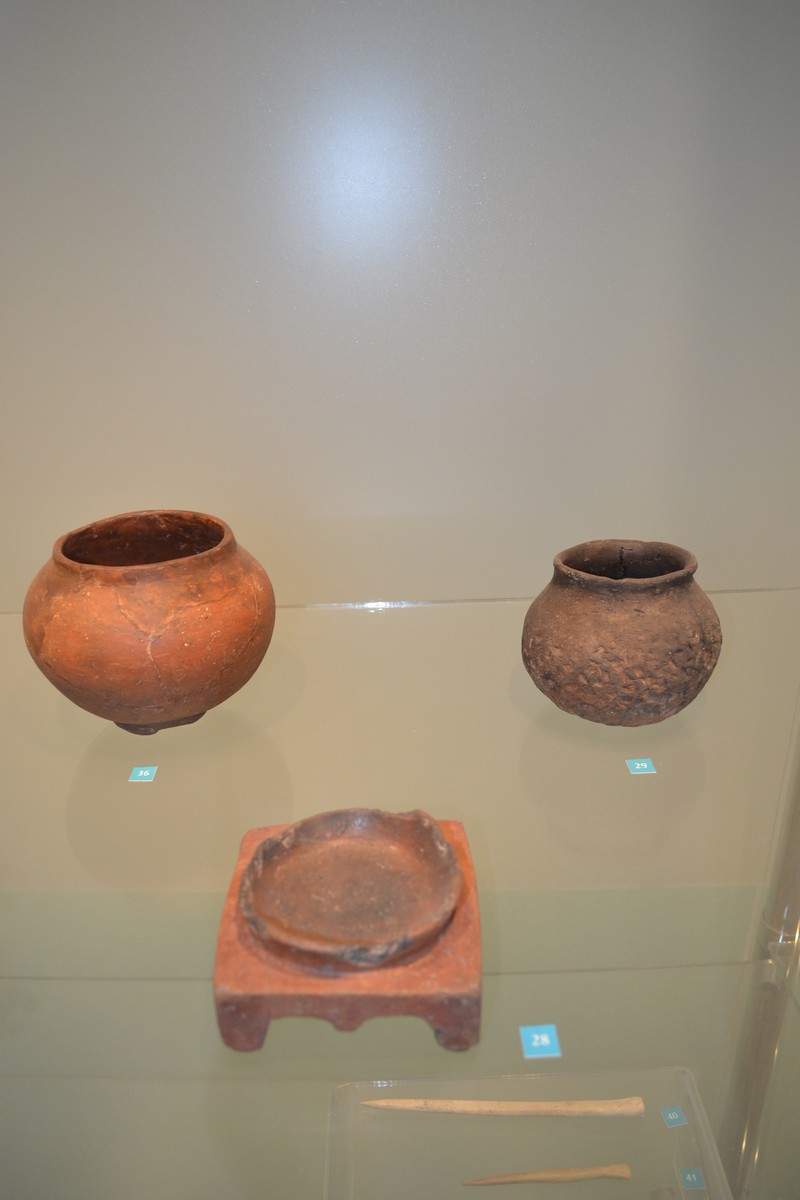 © Lepenski vir
© Lepenski vir
In addition to food production, the other basic characteristic of the Neolithic is the appearance of ceramics, ie. making vessels and other objects from baked clay From 5950 to 5500 BC, Neolithic inhabitants of Lepenski Vir continued to practise fishing, but agriculture and livestock became increasingly important over time In...
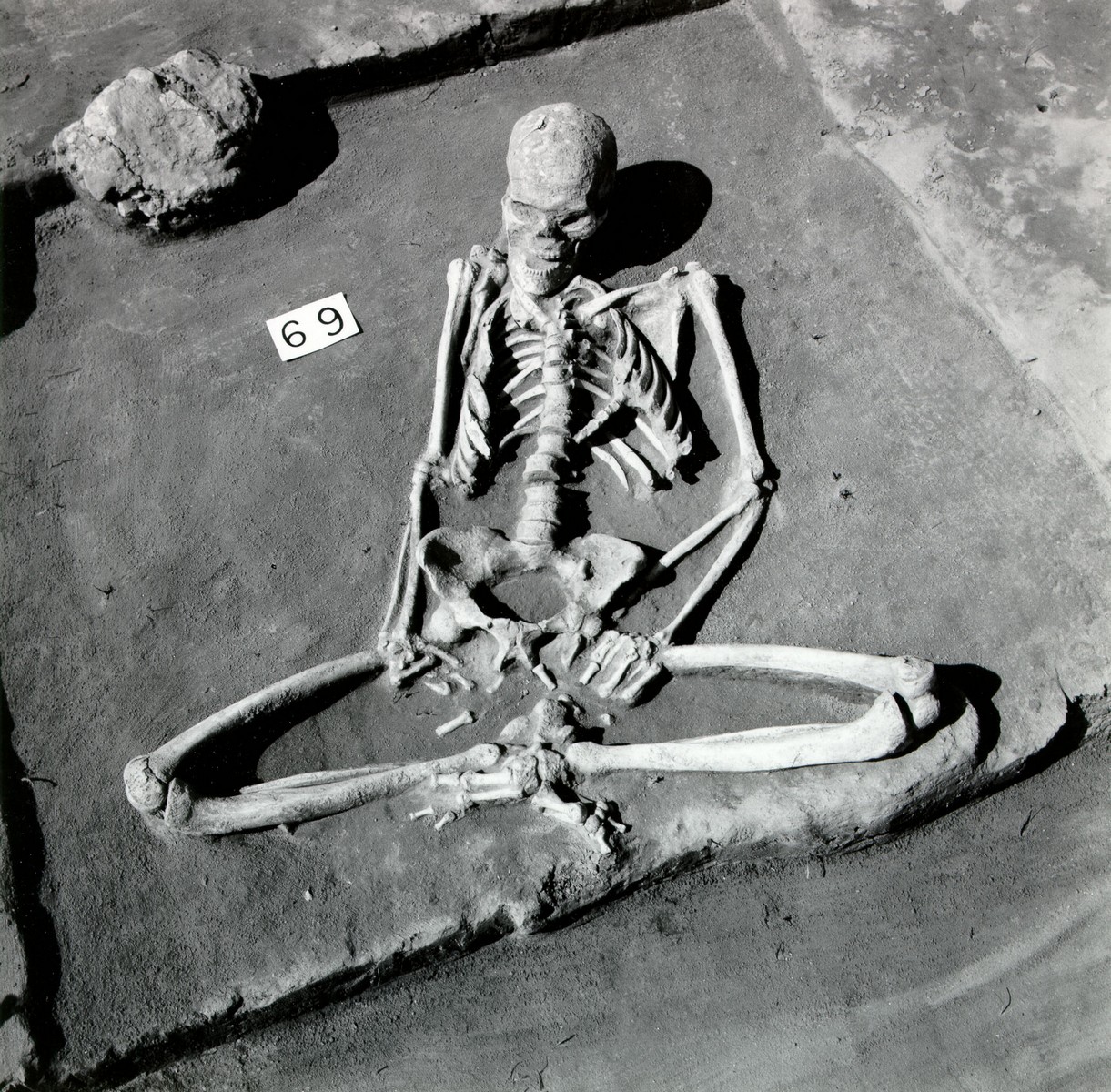 © Lepenski vir
© Lepenski vir
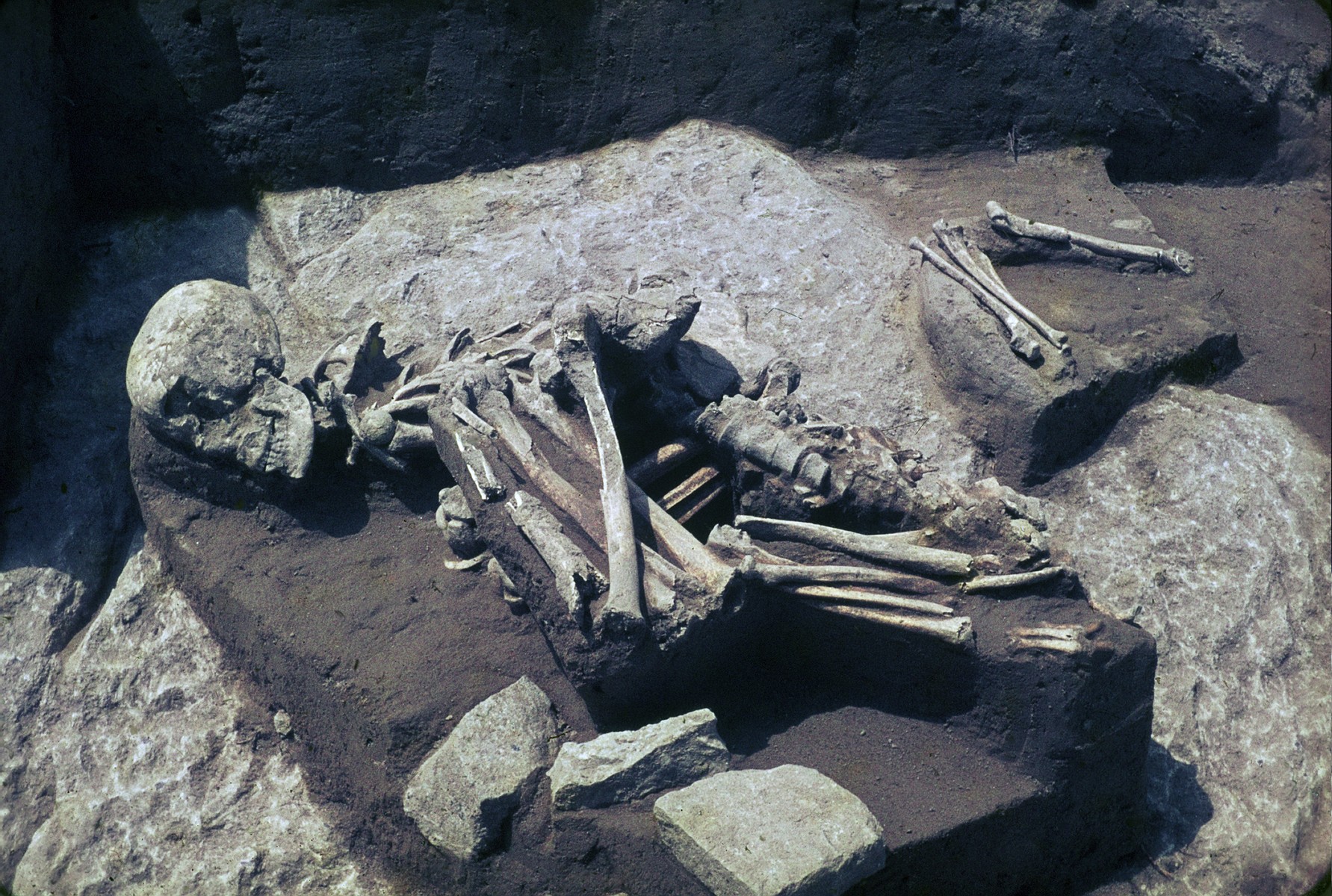 © Lepenski vir
© Lepenski vir
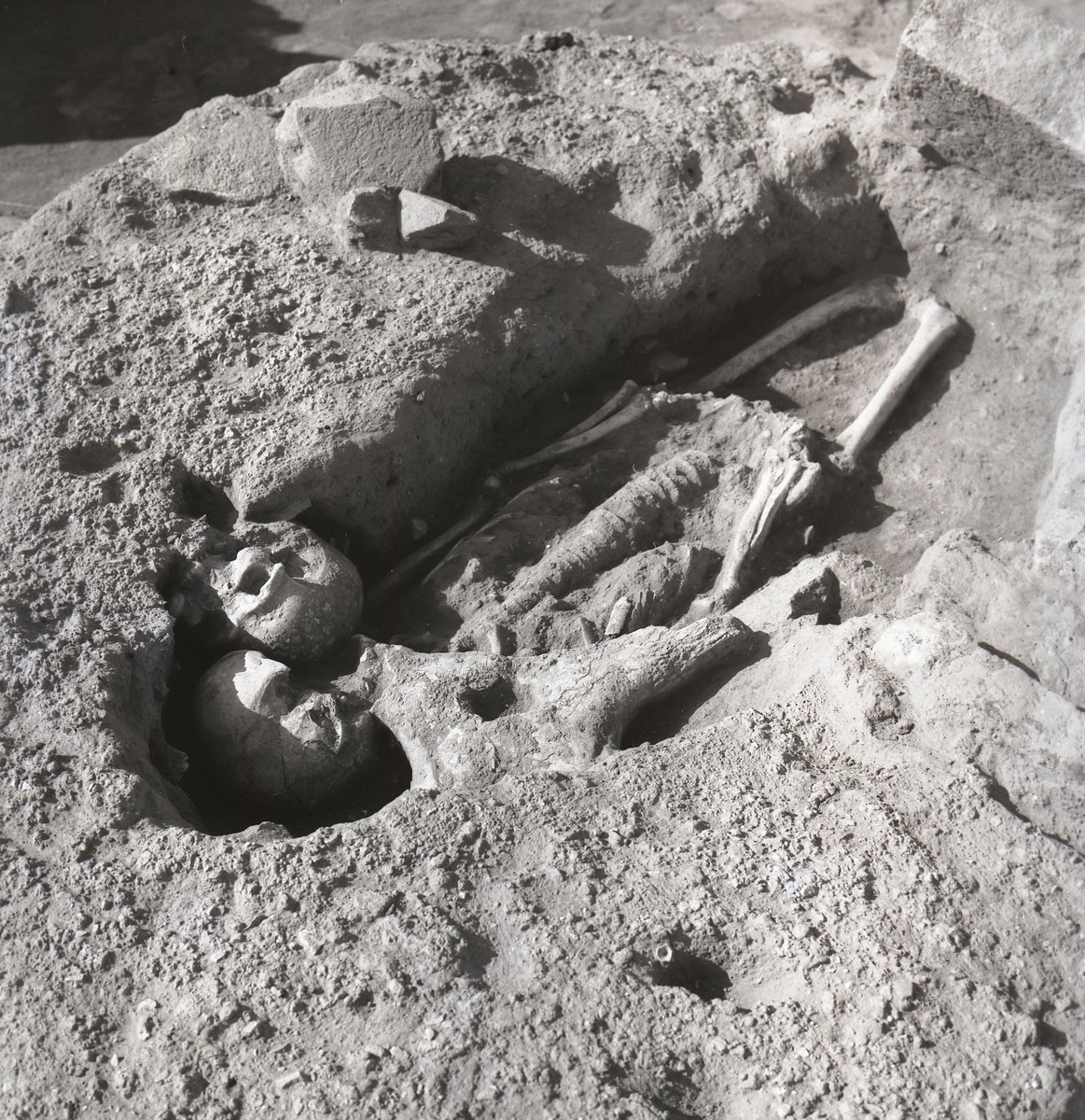 © Lepenski vir
© Lepenski vir
A total of 136 graves were excavated at Lepenski Vir, in which the skeletal remains of 180 individuals were discovered The oldest tomb at Lepenski Vir was discovered in the Proto-Lepenski Vir phase. Within this layer, one deceased person was buried in a semi-sitting position and covered with a pile...
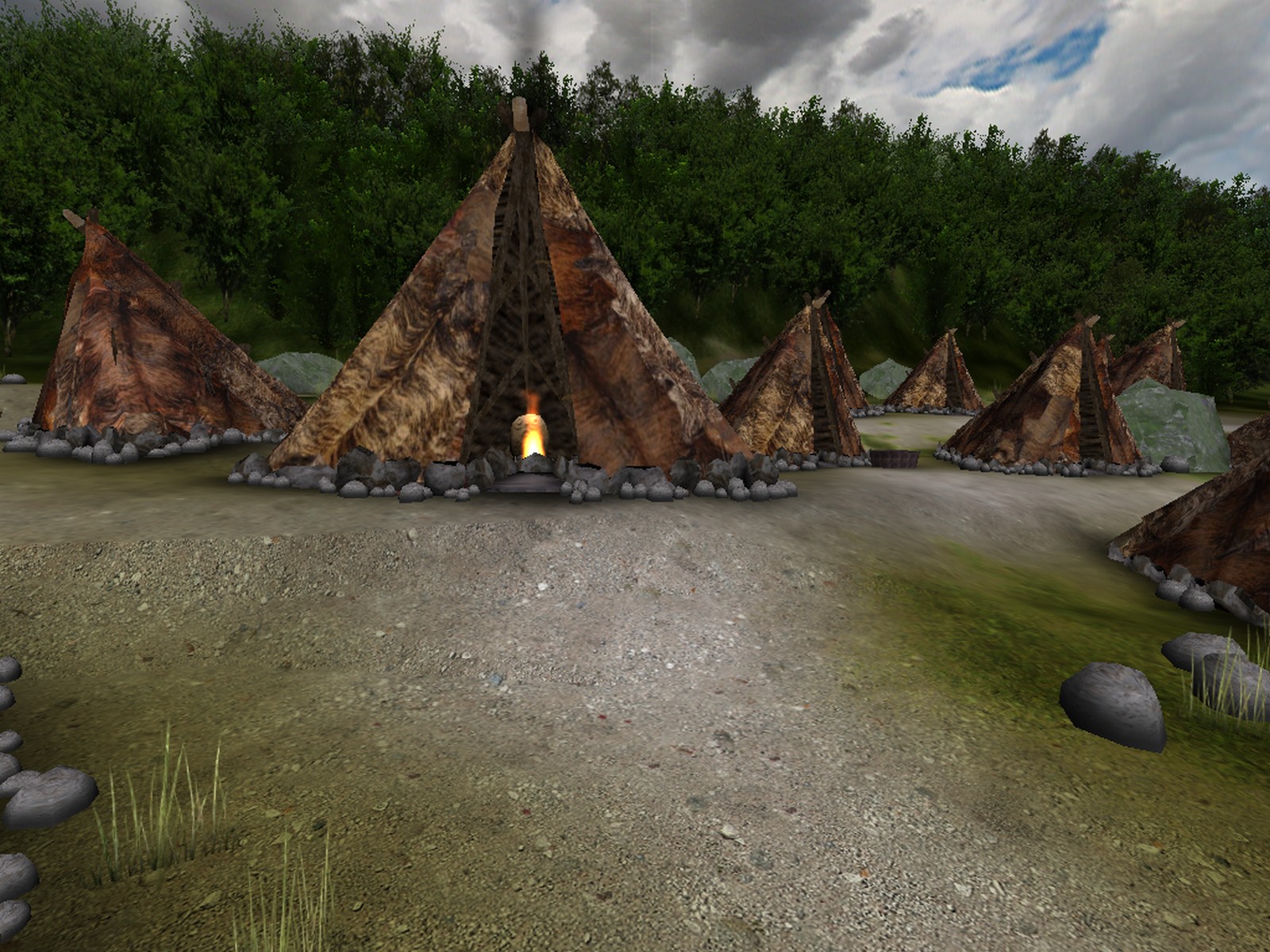 © Lepenski vir
© Lepenski vir
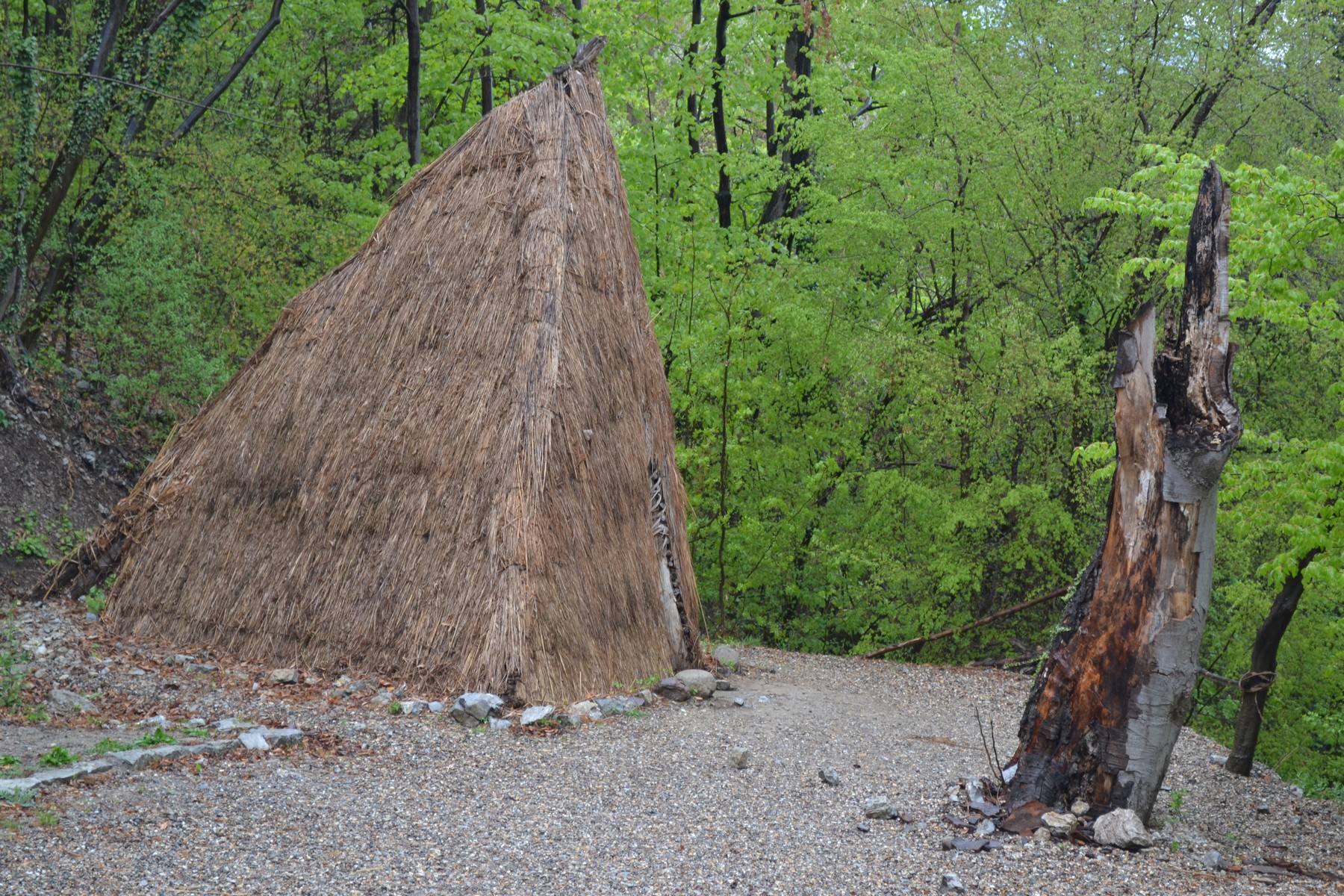 © Lepenski vir
© Lepenski vir
 © Lepenski vir
© Lepenski vir
From the earliest phase, Proto-Lepenski Vir, there are the remains of only a few habitats located on the riverbank, at a distance of 8 to 12 m Significantly more habitats originate from the Lepenski Vir 1st and 2nd phases. Due to the slope of the terrain, in phase I the...
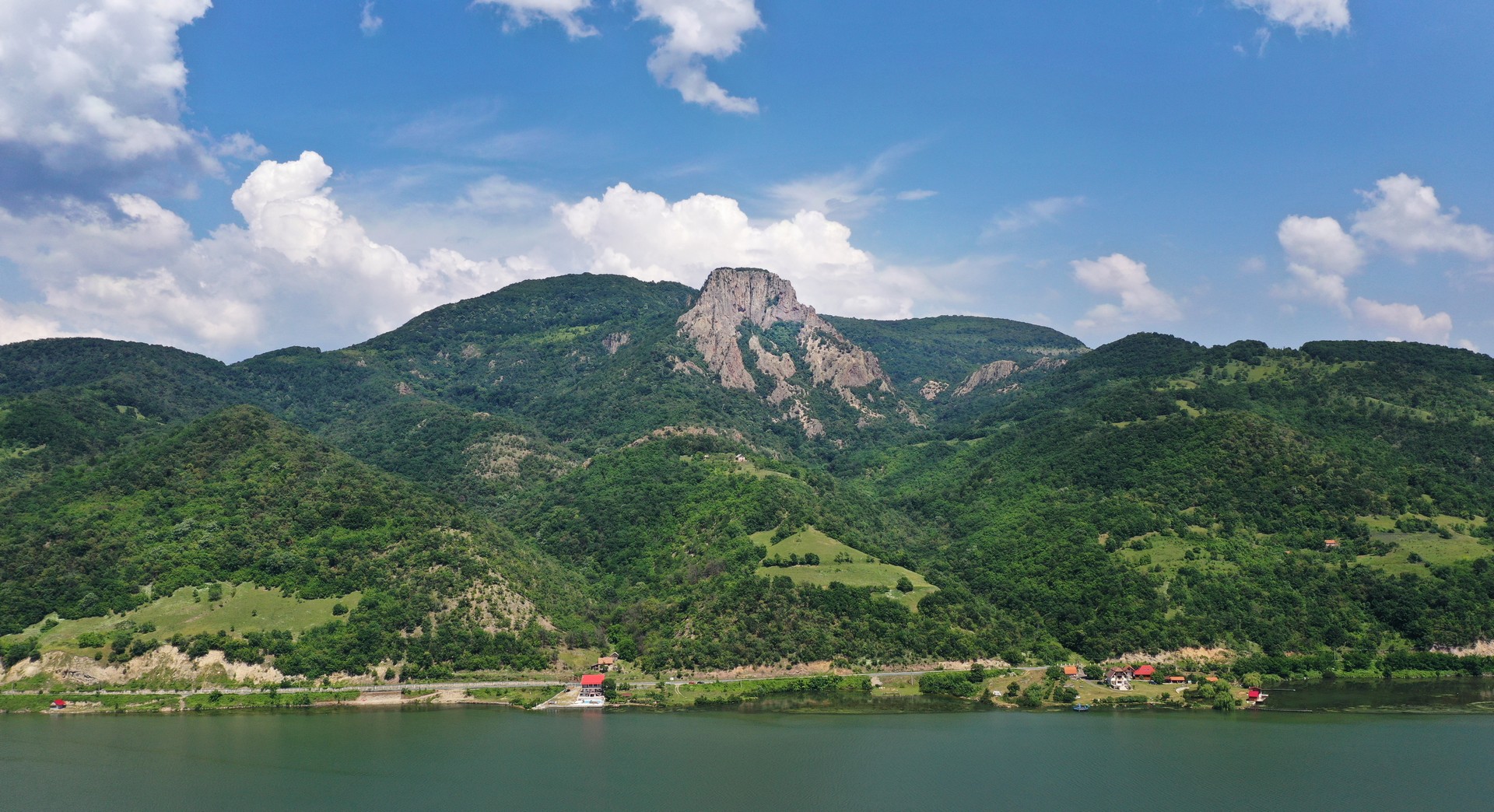 © Lepenski vir
© Lepenski vir
The bare, almost vertical porphyry rock called Treskavac is situated 679 m above sea level Some scientists believe that this rock was special to the inhabitants of Lepenski Vir and that it served as a model for the design of their habitats
Supported by Ministry of Culture of Rep. of Serbia, year 2021.